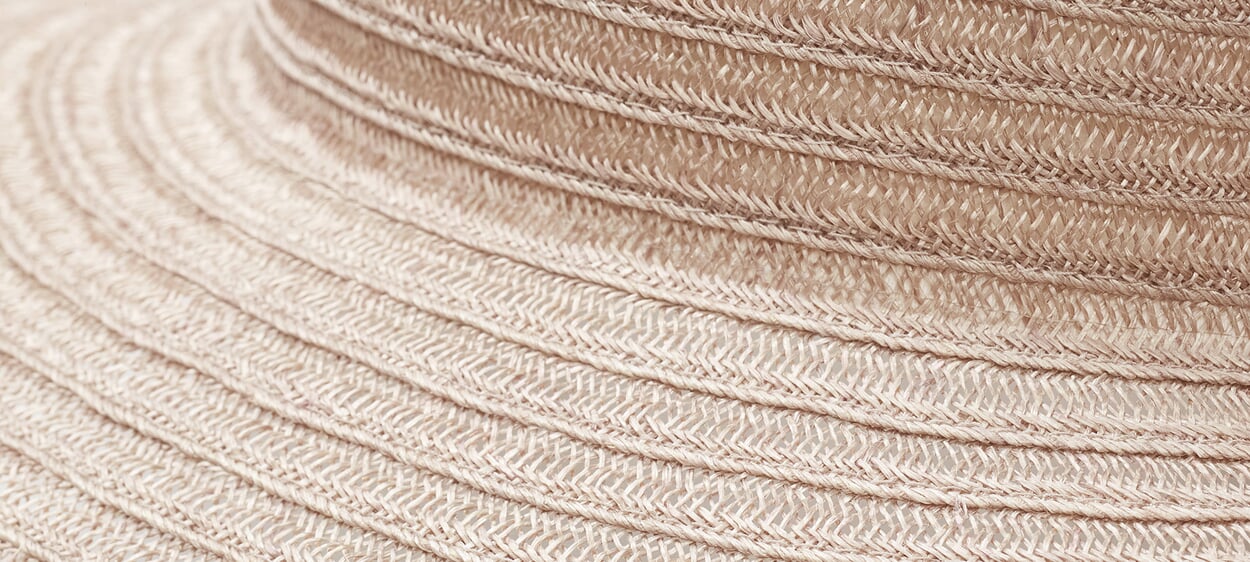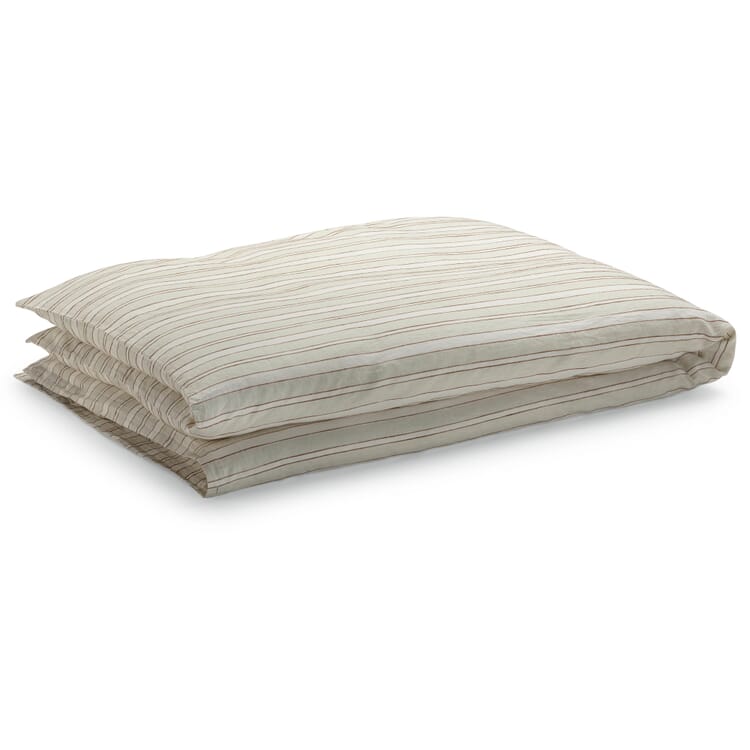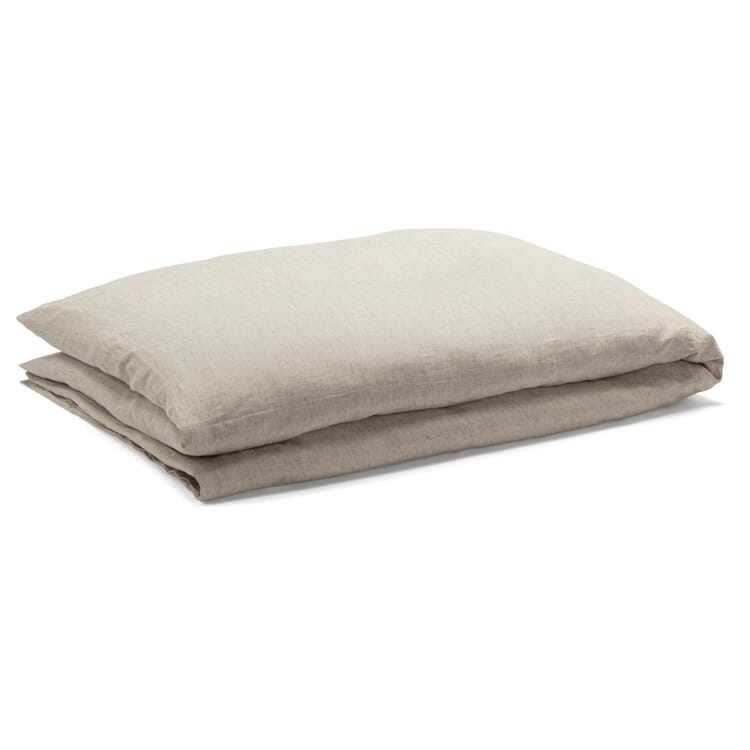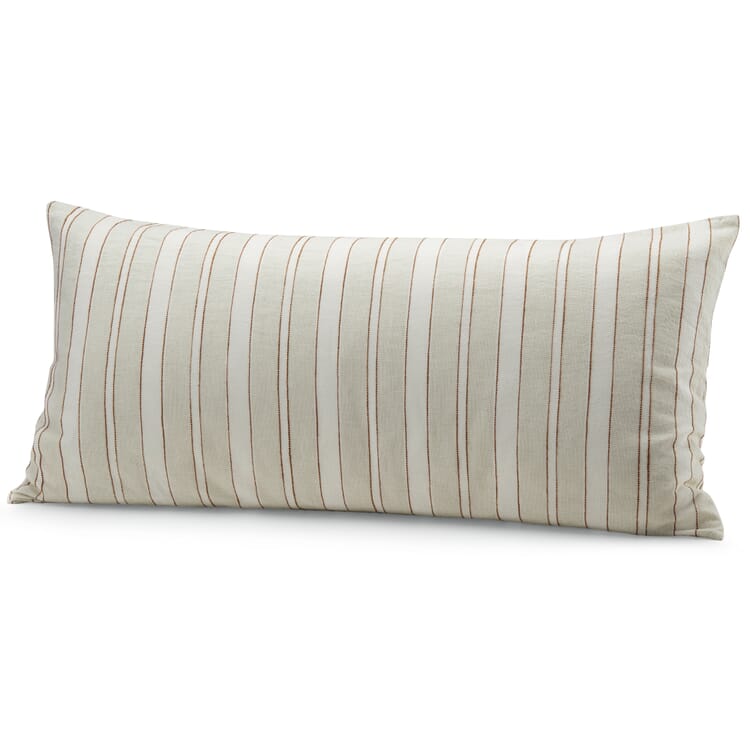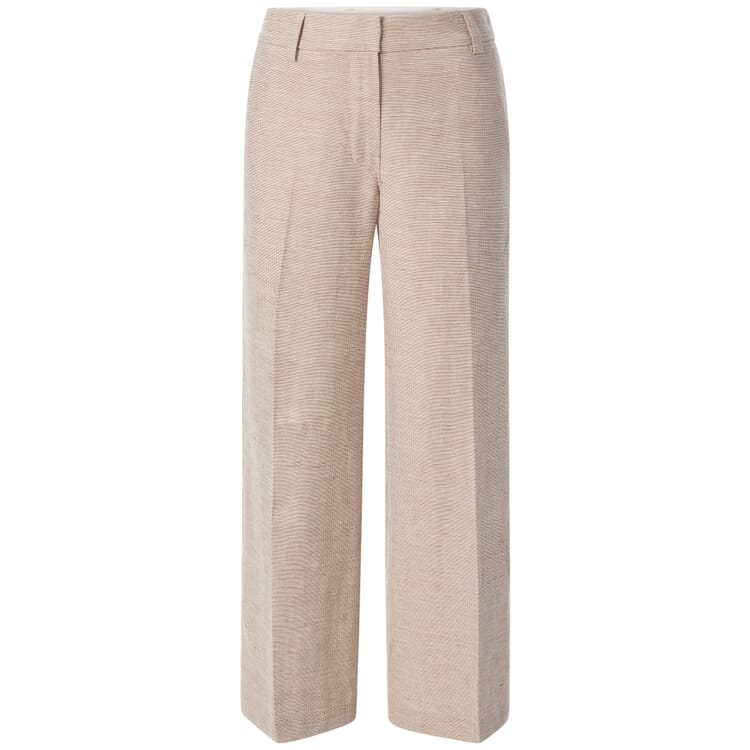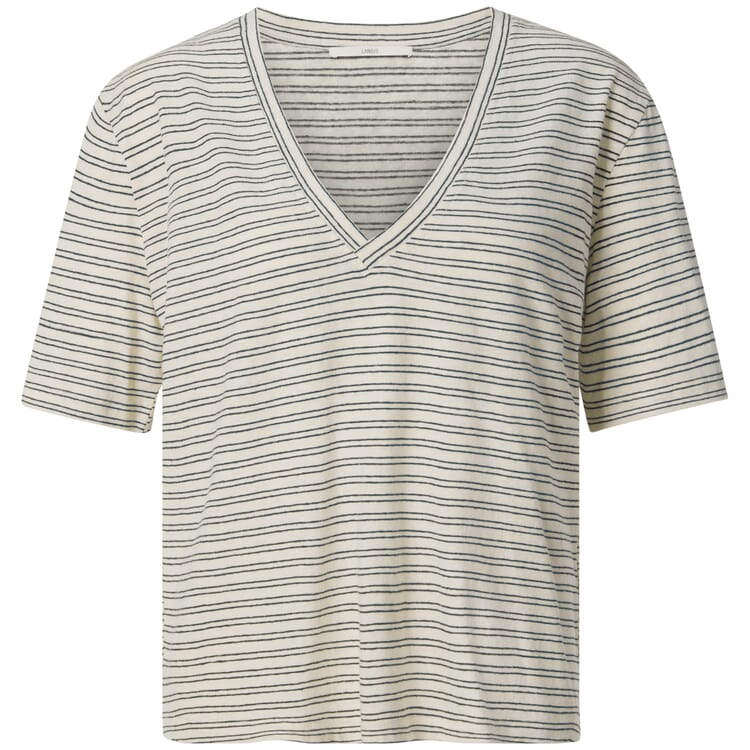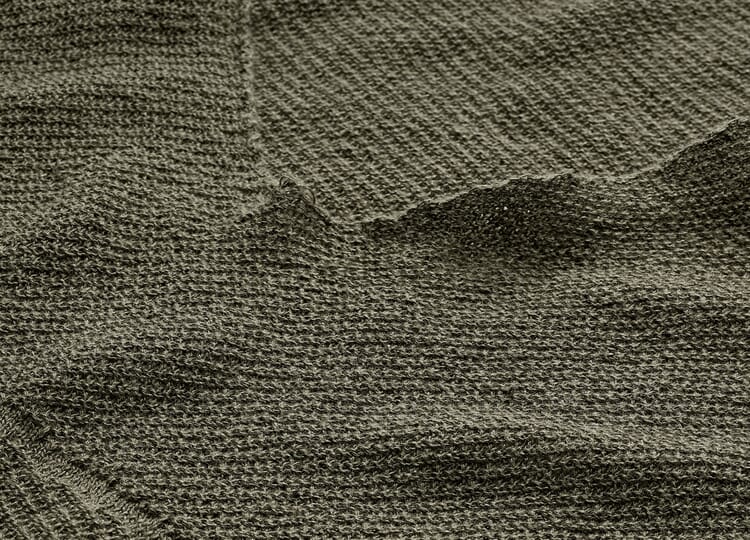Material
Hemp fibers. Sustainable, skin-friendly and durable
Hemp is one of the oldest useful and cultivated plants in the world and is very versatile. Long displaced by cotton, hemp fiber is now celebrating a comeback. The textile industry is once again turning its attention to the use of hemp fibers. This is a welcome development, because hemp has an excellent ecological balance. It is a fast-growing, undemanding plant that requires little water for cultivation and no herbicides, pesticides or synthetic fertilizers. Although extraction and processing are very costly, thanks to new processes it is now possible to spin very fine, uniform yarns from the rather rough hemp fiber bundles, as required for textiles. Commercial hemp is currently grown primarily in China, Russia, Canada and France. But since the ban on cultivation was lifted in Germany in 1996, hemp production is also picking up again in this country.
The properties of hemp fiber
Textiles made of hemp are kind to the skin, cool in summer and keep you nice and warm in winter. Like maco cotton, they show a delicate sheen. In addition, they are naturally antimicrobial, anti-allergic and very durable. The advantages of hemp fiber in detail: - Hemp can be processed similarly to cotton. However, since the plant requires less water than cotton and no chemicals need to be used either in cultivation or in harvesting and processing, hemp is a good and sustainable alternative - In terms of structure, hemp fiber is similar to cotton fiber, since both consist primarily of cellulose and hemicellulose. However, hemp is much more durable, tear-resistant and long-lasting than cotton - Thanks to the smooth surface of the hemp fiber and due to the toxin-free production, hemp fabrics are very kind to the skin and also well tolerated by allergy sufferers - Textiles made of hemp have a pleasantly grainy feel and a natural sheen. With each use, the fabric becomes softer and more supple - Hemp is breathable. The fiber can absorb a great deal of moisture, up to 30 percent of its own weight, and quickly wick it away again - Hemp is a hollow fiber and thus naturally temperature regulating. Thus, textiles made of hemp are good companions for both summer and winter. Another advantage in summer: depending on the processing of the material (yarn thickness, fabric density and dyeing), hemp fabrics offer up to 90 percent protection against UV radiation. - Hemp fibers are naturally antistatic, antimicrobial and dirt-repellent. Fabrics made of hemp therefore hardly absorb dust and odors and do not need to be washed as often - Dress moths do not like hemp, because their larvae feed on proteins that are not present in the hemp fiber.
With the increased ecological awareness, hemp has become more attractive not only in the clothing sector, but also in the bedding sector. Covers made of hemp have been in high demand for some time. Recently, however, hemp has also been used as a filling material for comforters and pillows. Usually a combination of hemp fibers and cotton is used. In our case, however, the fillings are made of pure hemp, so the positive properties of the fiber are fully effective and ensure restful nights and a pleasant, dry sleeping climate in summer and winter.
Selected products with hemp
Recommended Topics
By nature, cotton feels pleasantly soft on the skin, and it also has a low allergy potential. Due to these extremely skin-friendly properties, cotton has been one of the most popular natural fibers for the production of textiles for thousands of years. From home textiles such as towels, comforter covers and blankets to clothing, many of our products - especially those that come into direct contact with the skin - are made of pure cotton.
View moreFlax is one of the oldest textile fibers in the world. Processed into high-quality linen, the fiber proves its valuable wearing properties. For example, linen feels pleasantly cool on the skin, especially in the summer months. The fiber owes this cooling effect in particular to its outstanding moisture-regulating capabilities, but it also offers many other advantages.
View more
